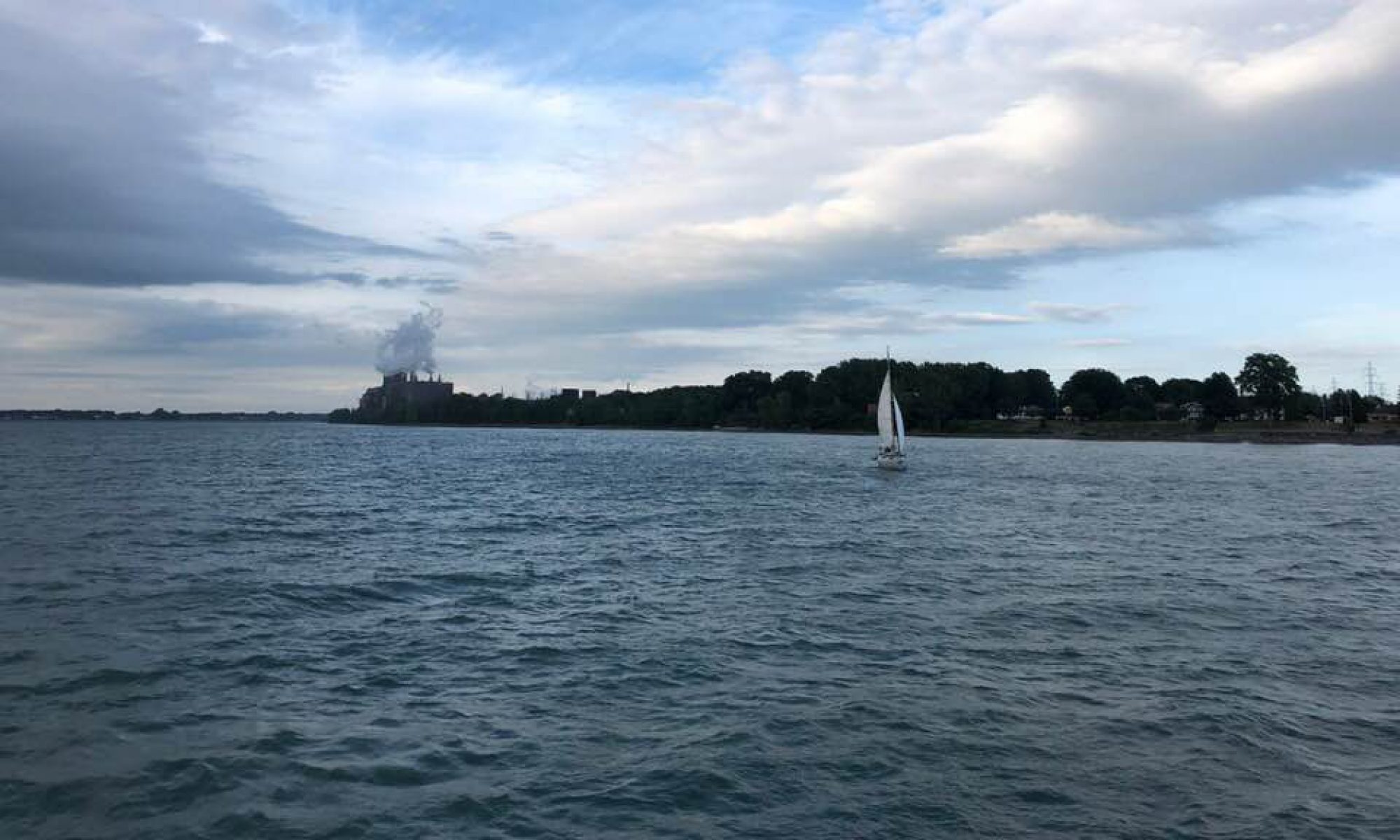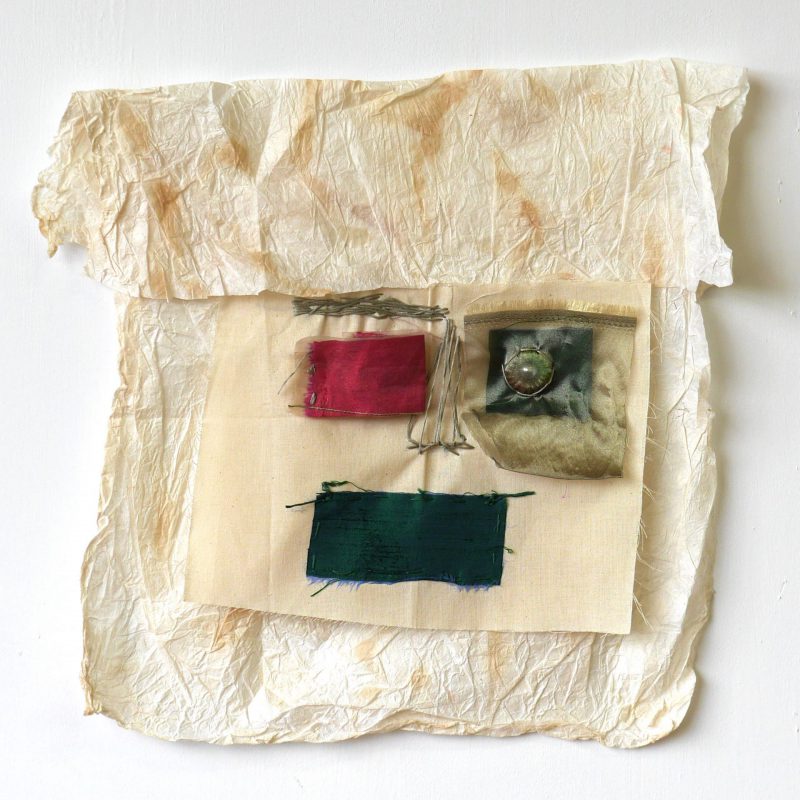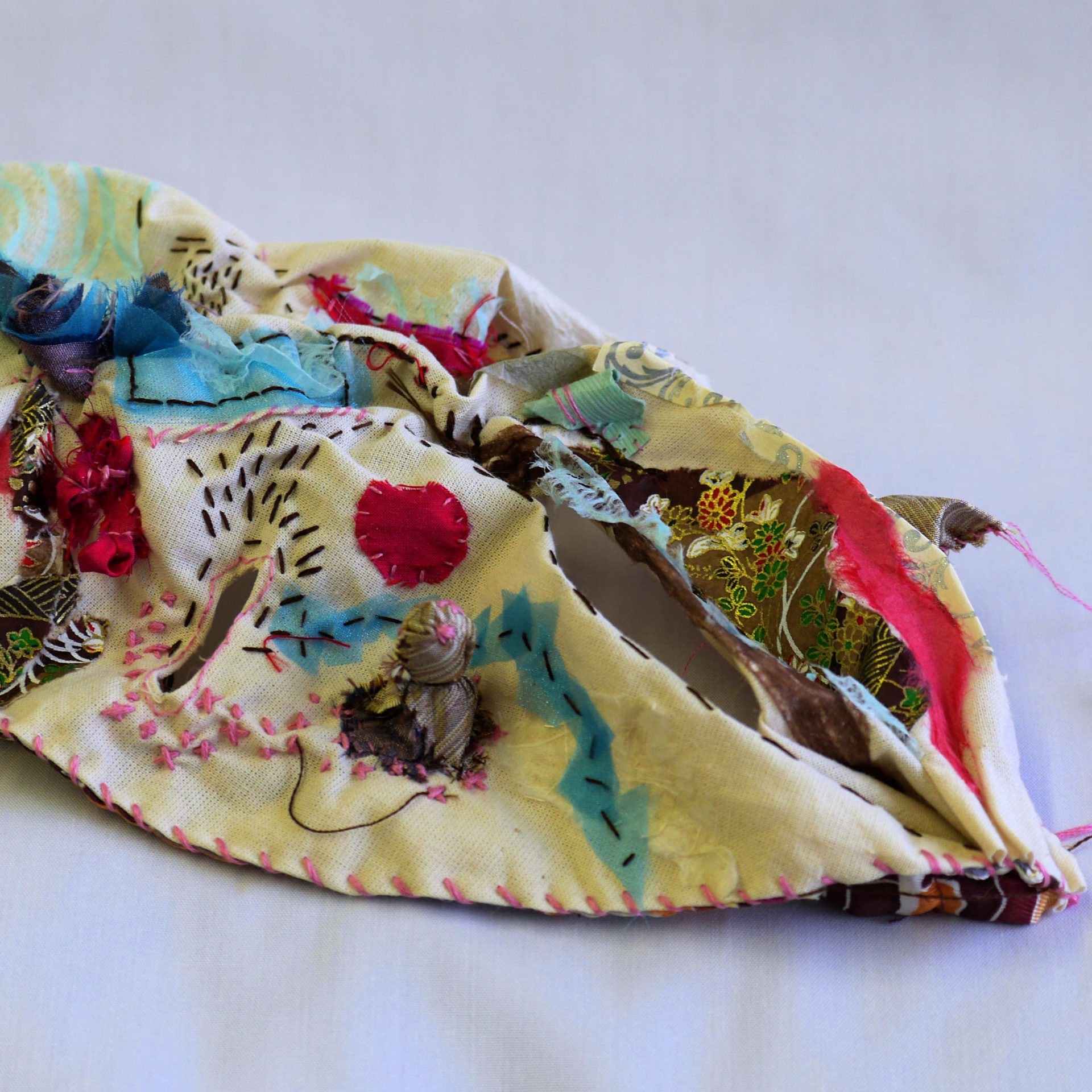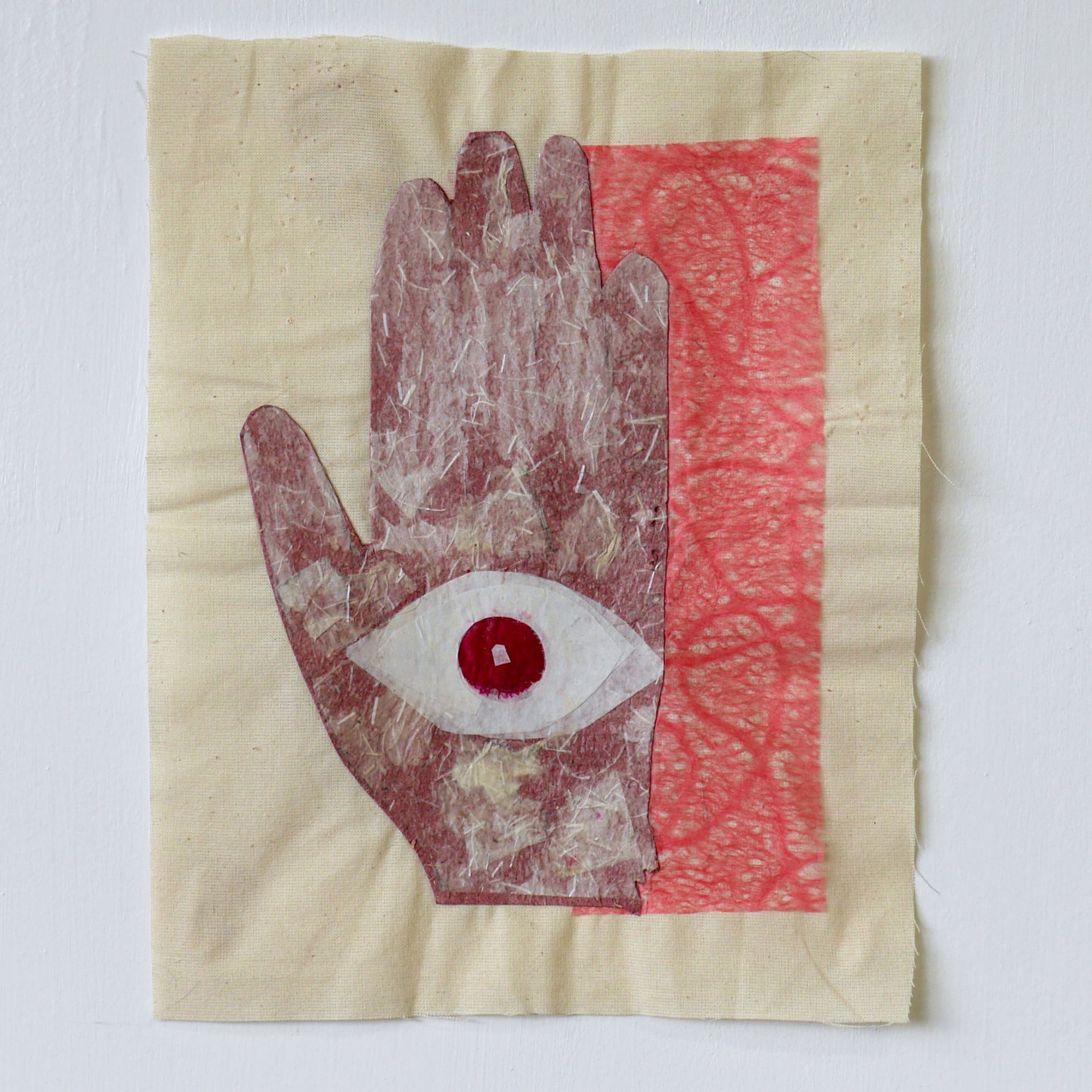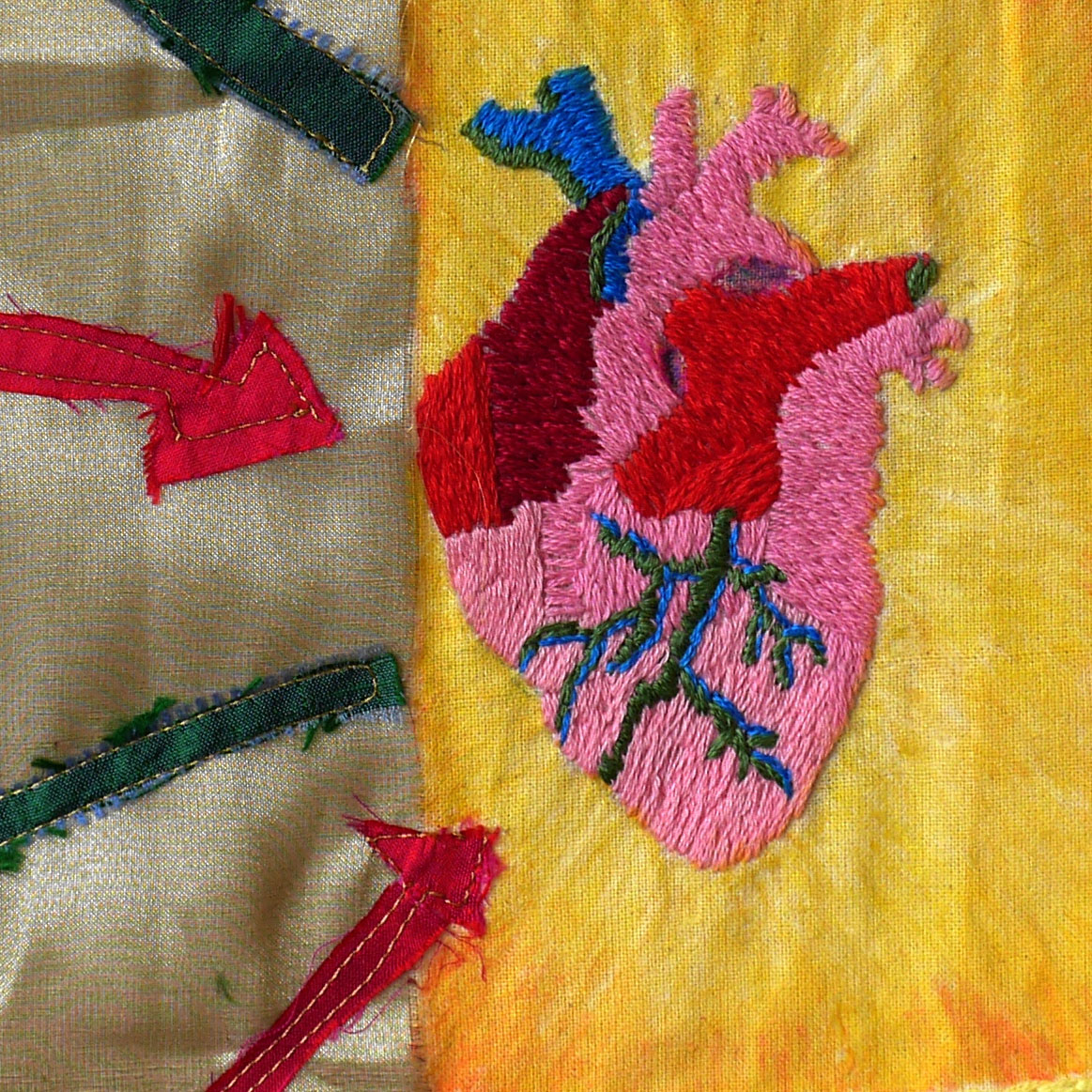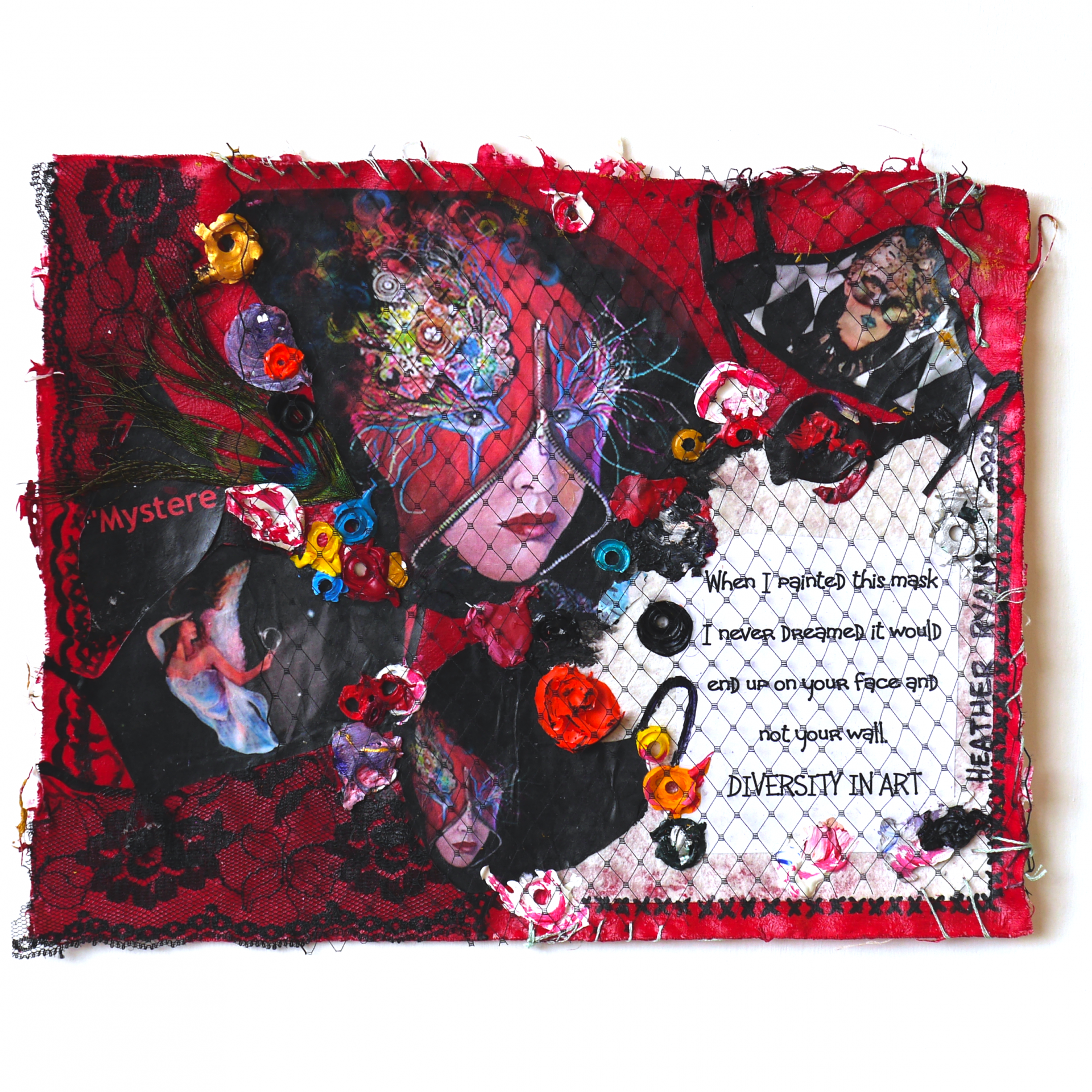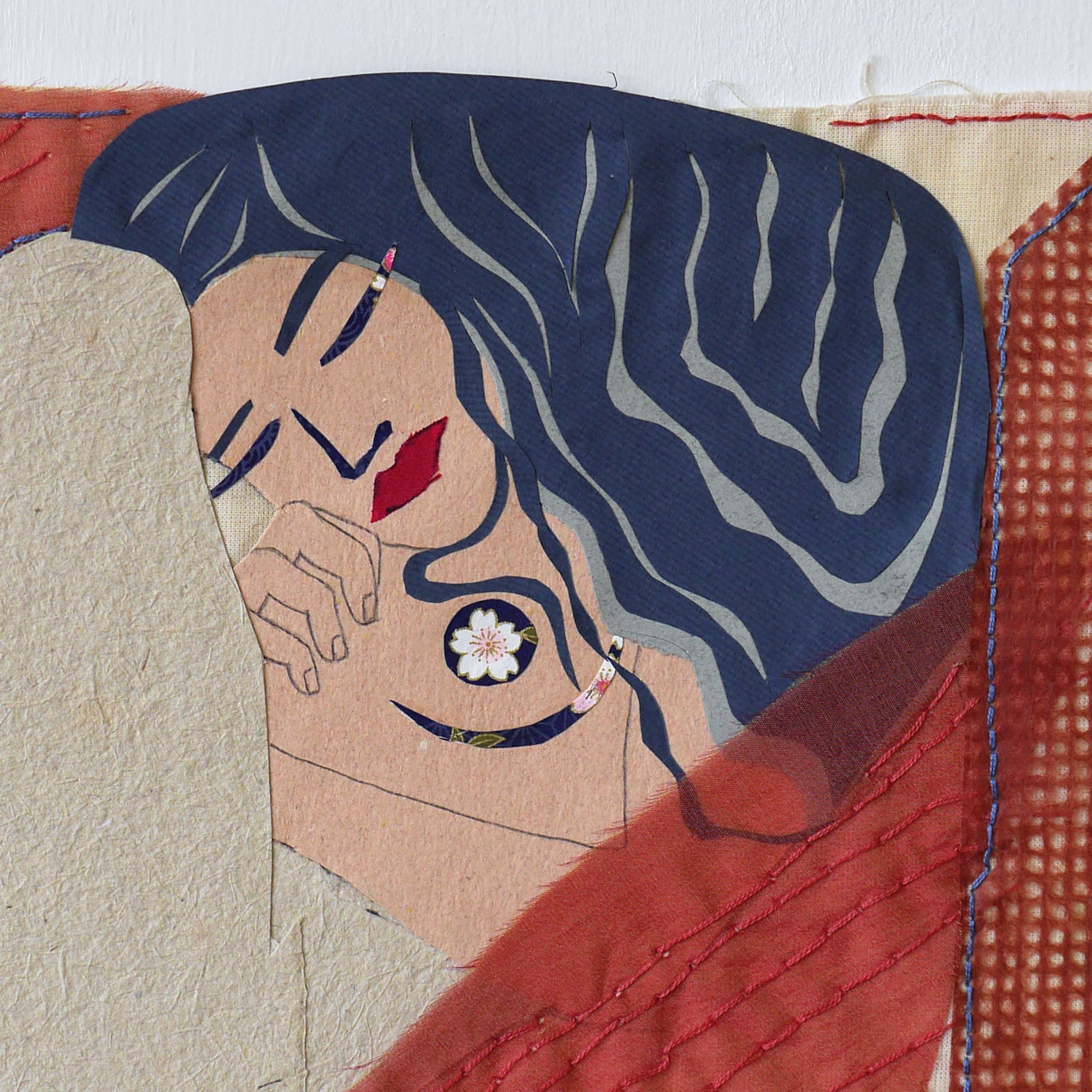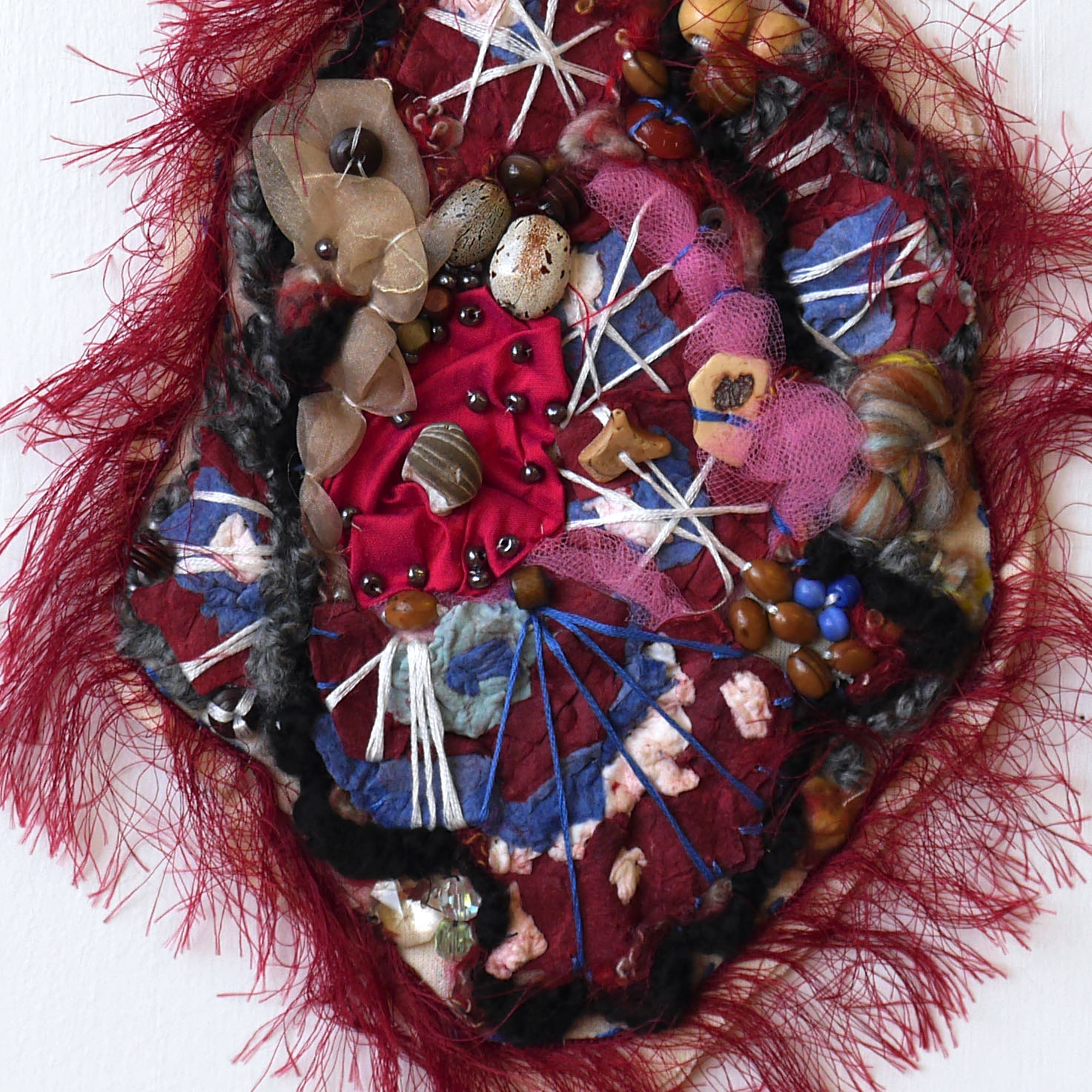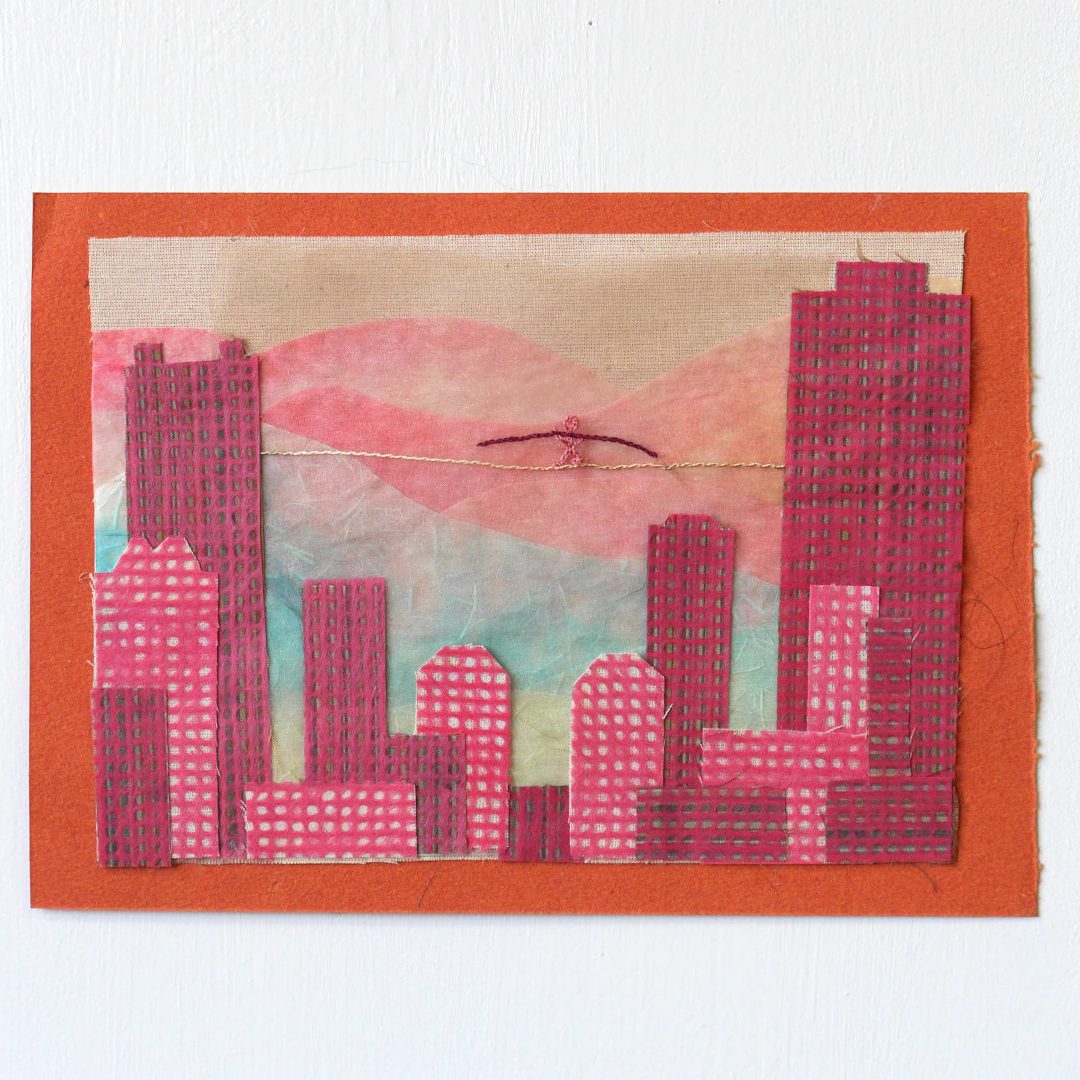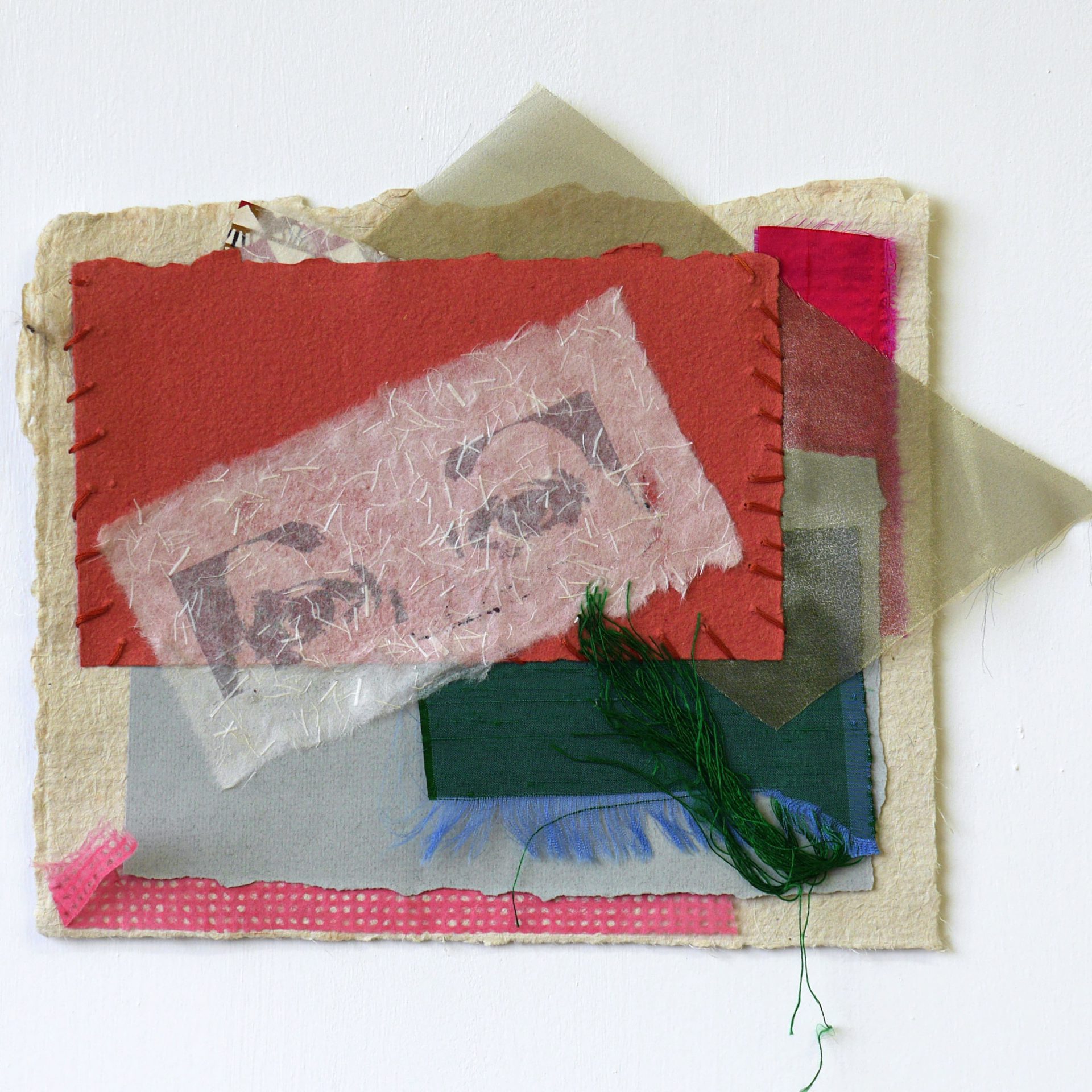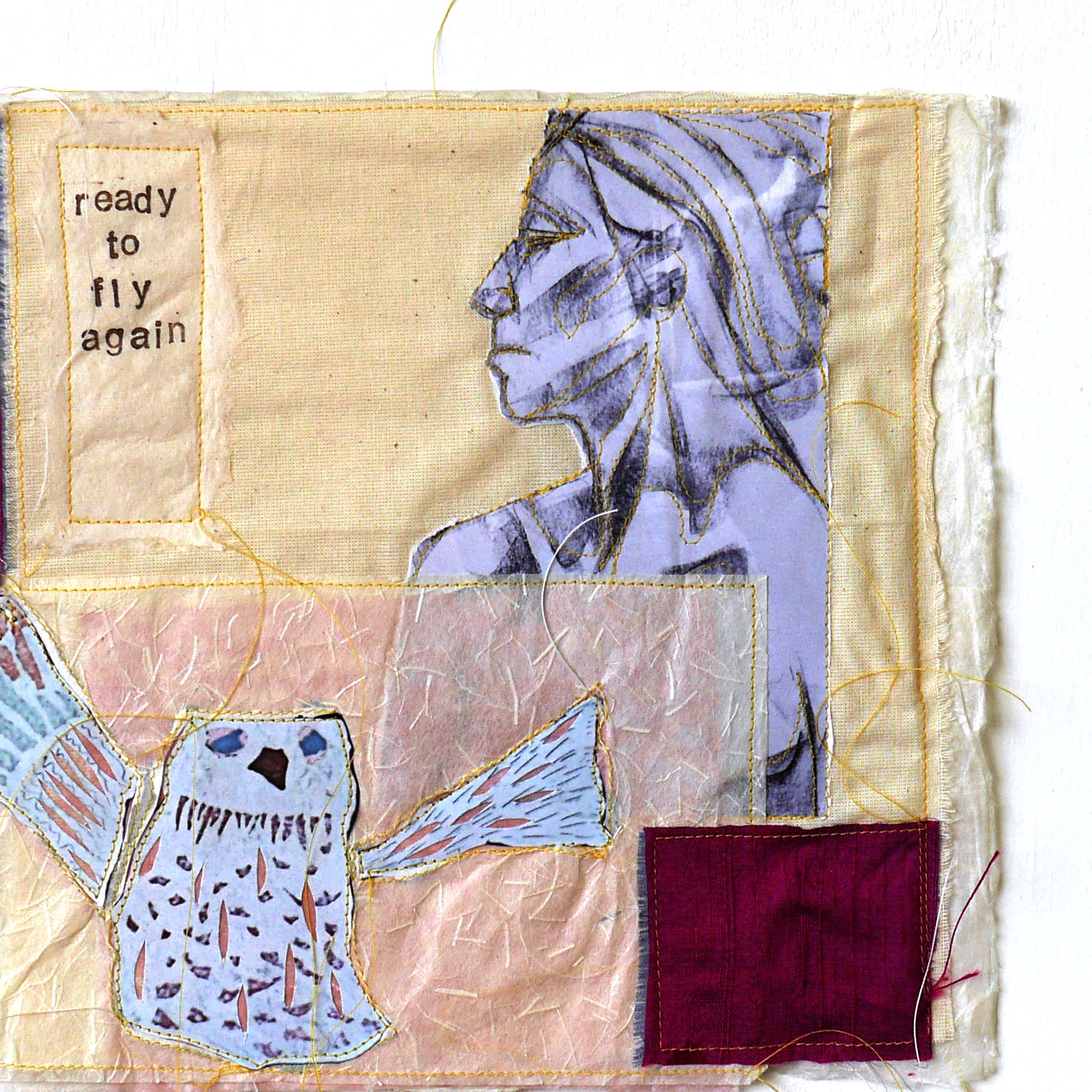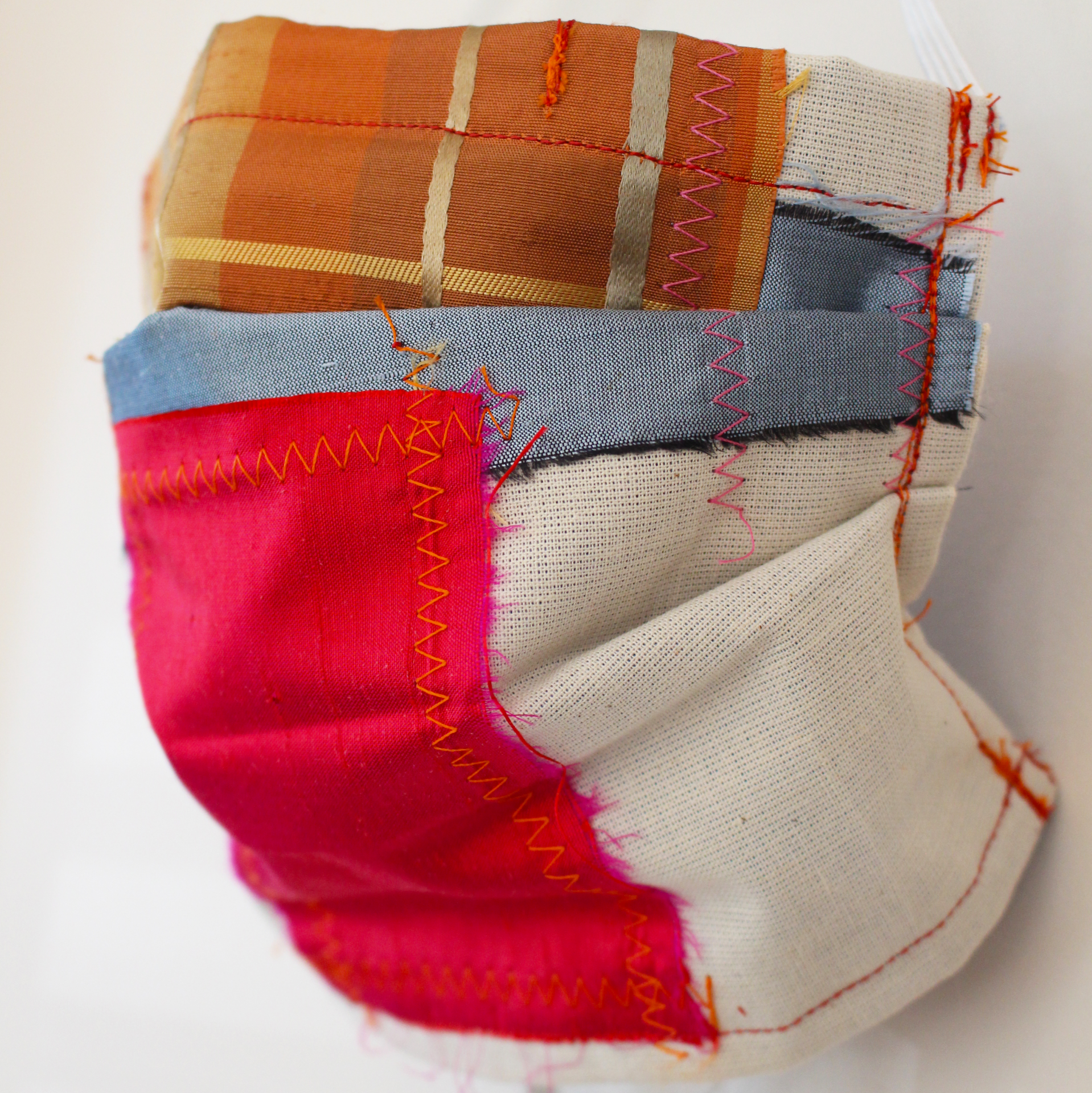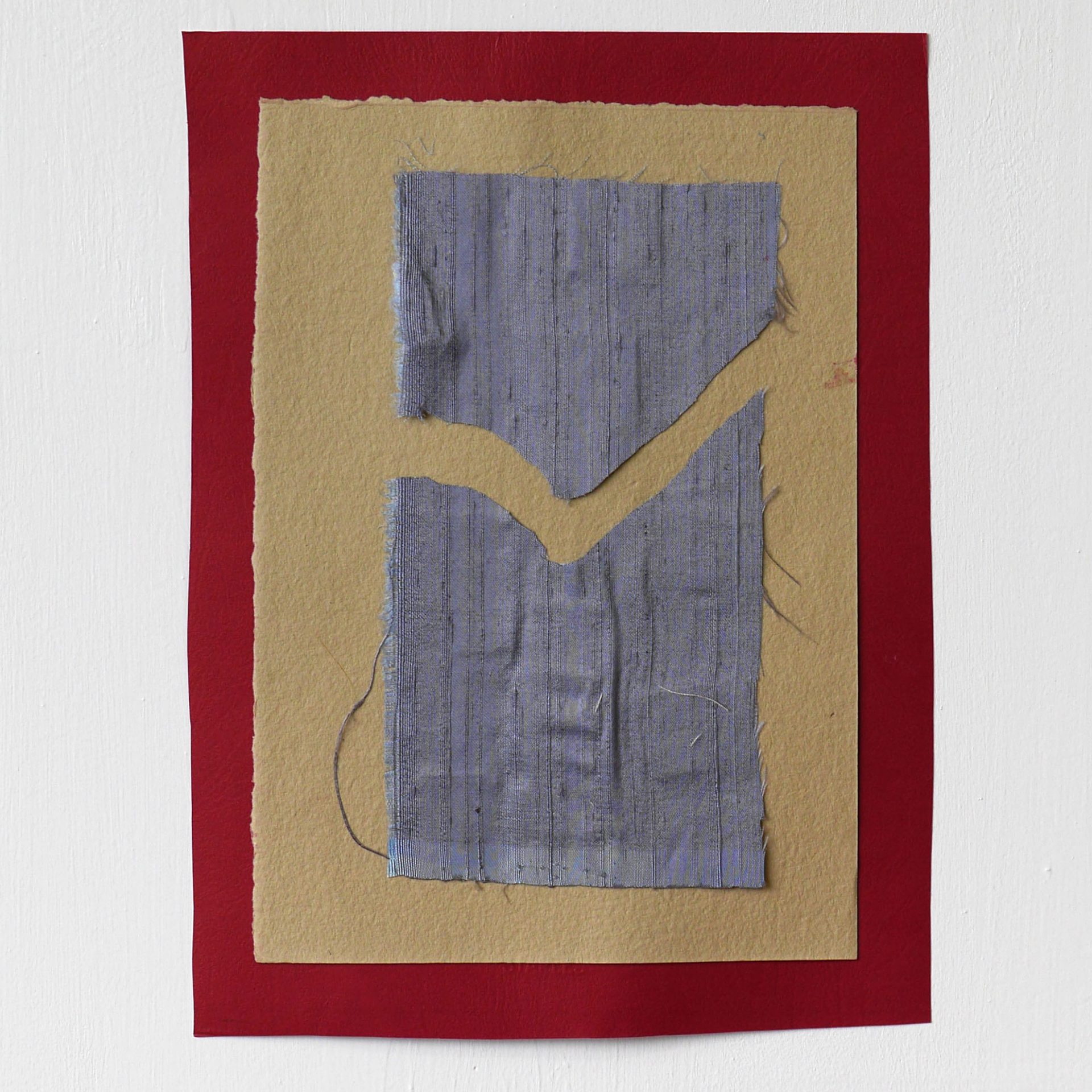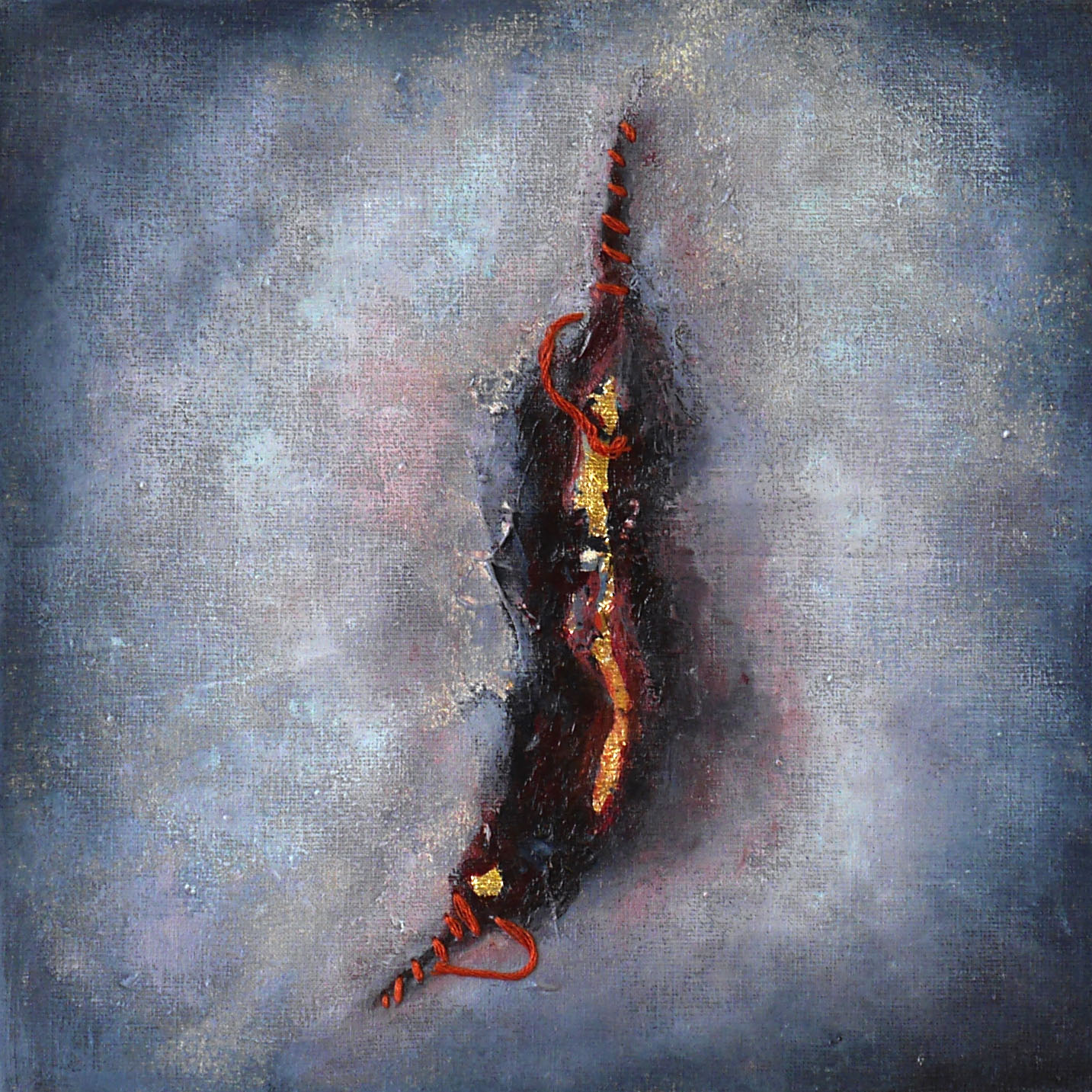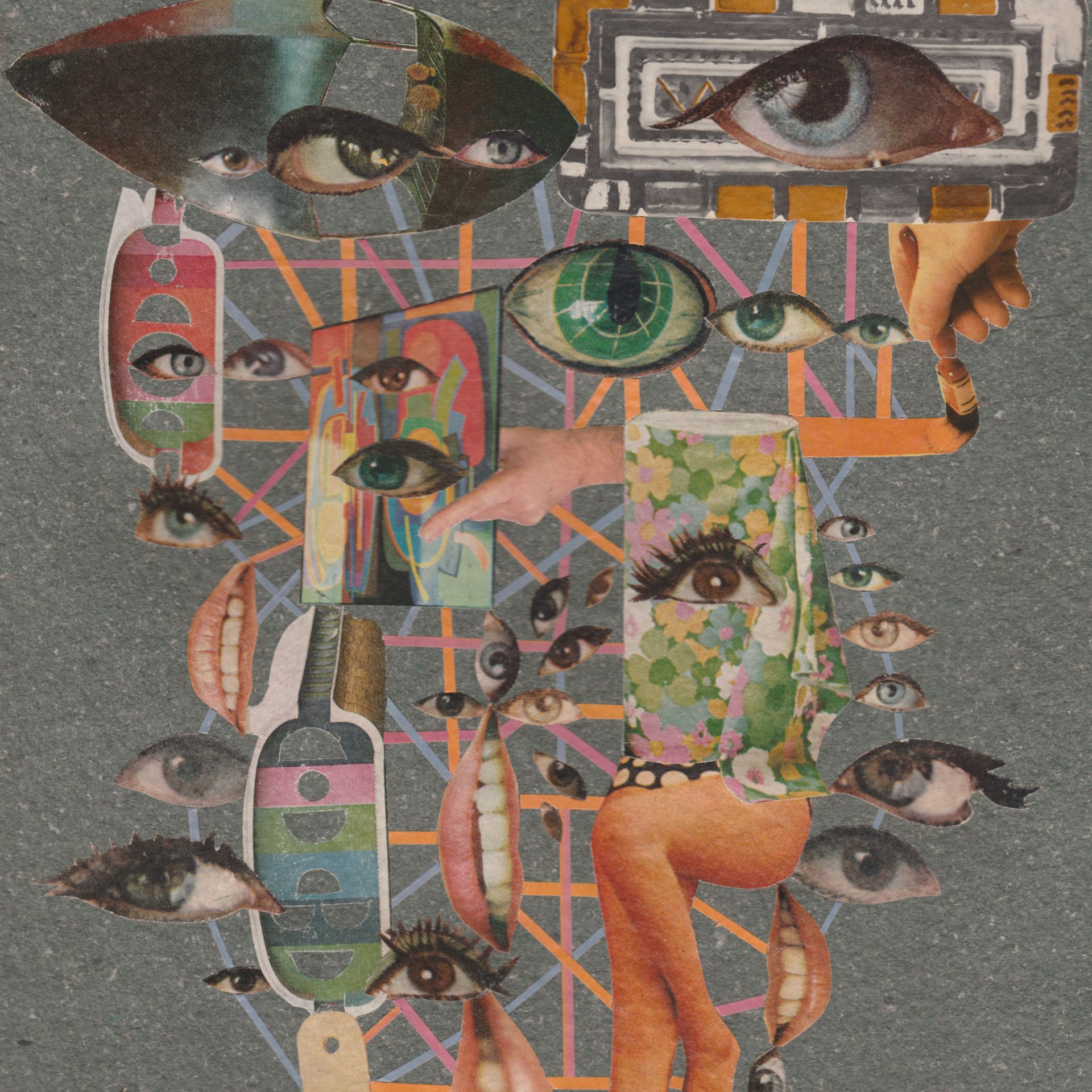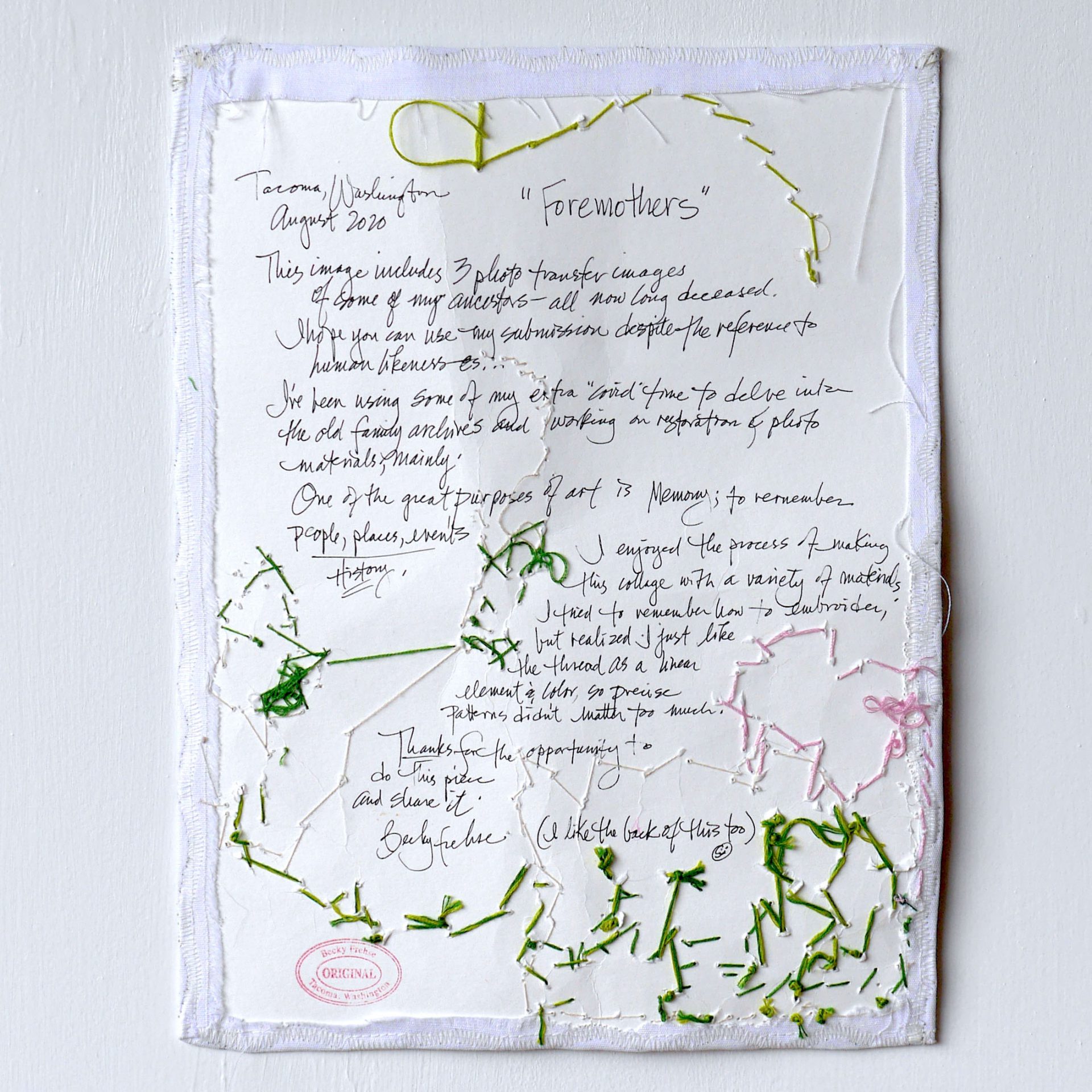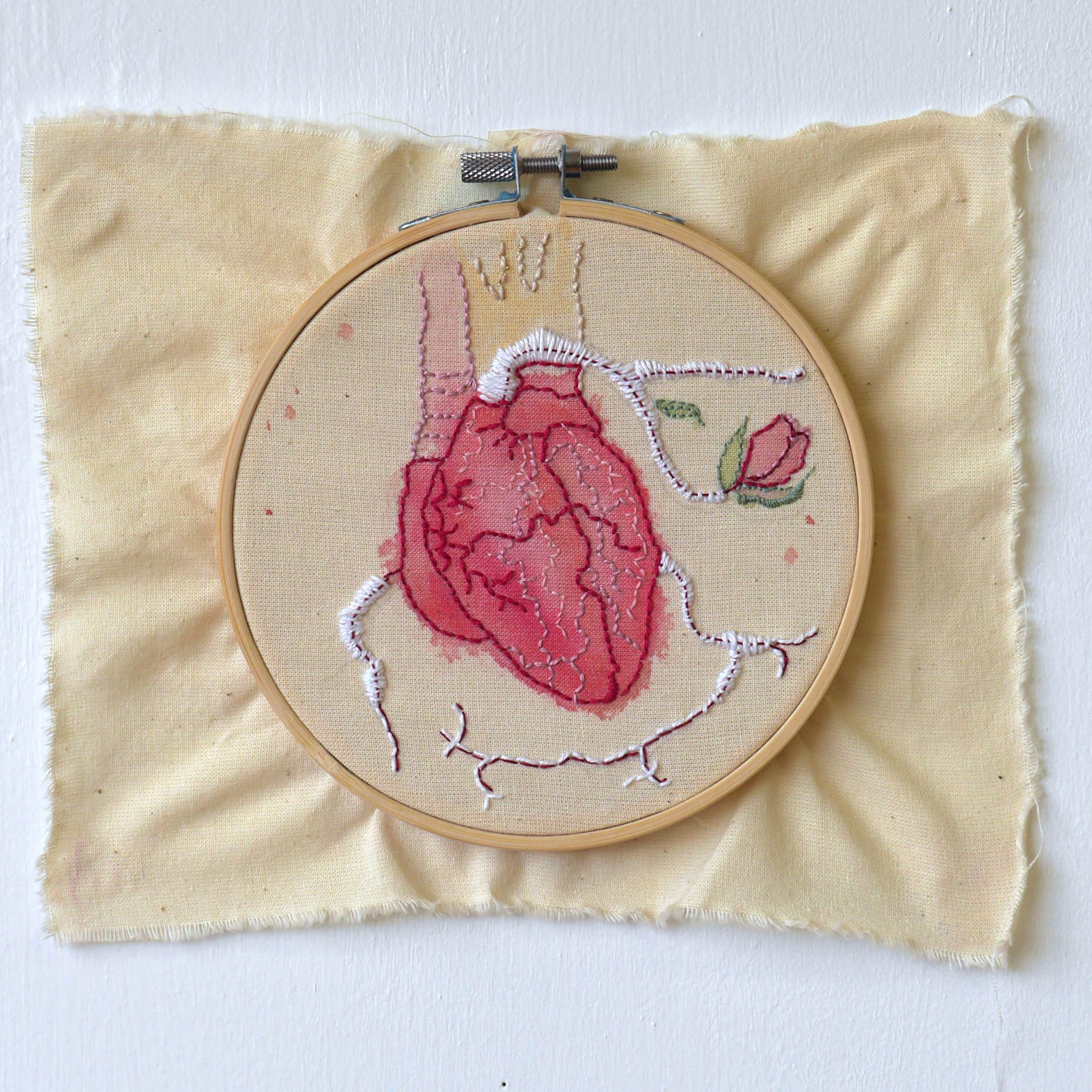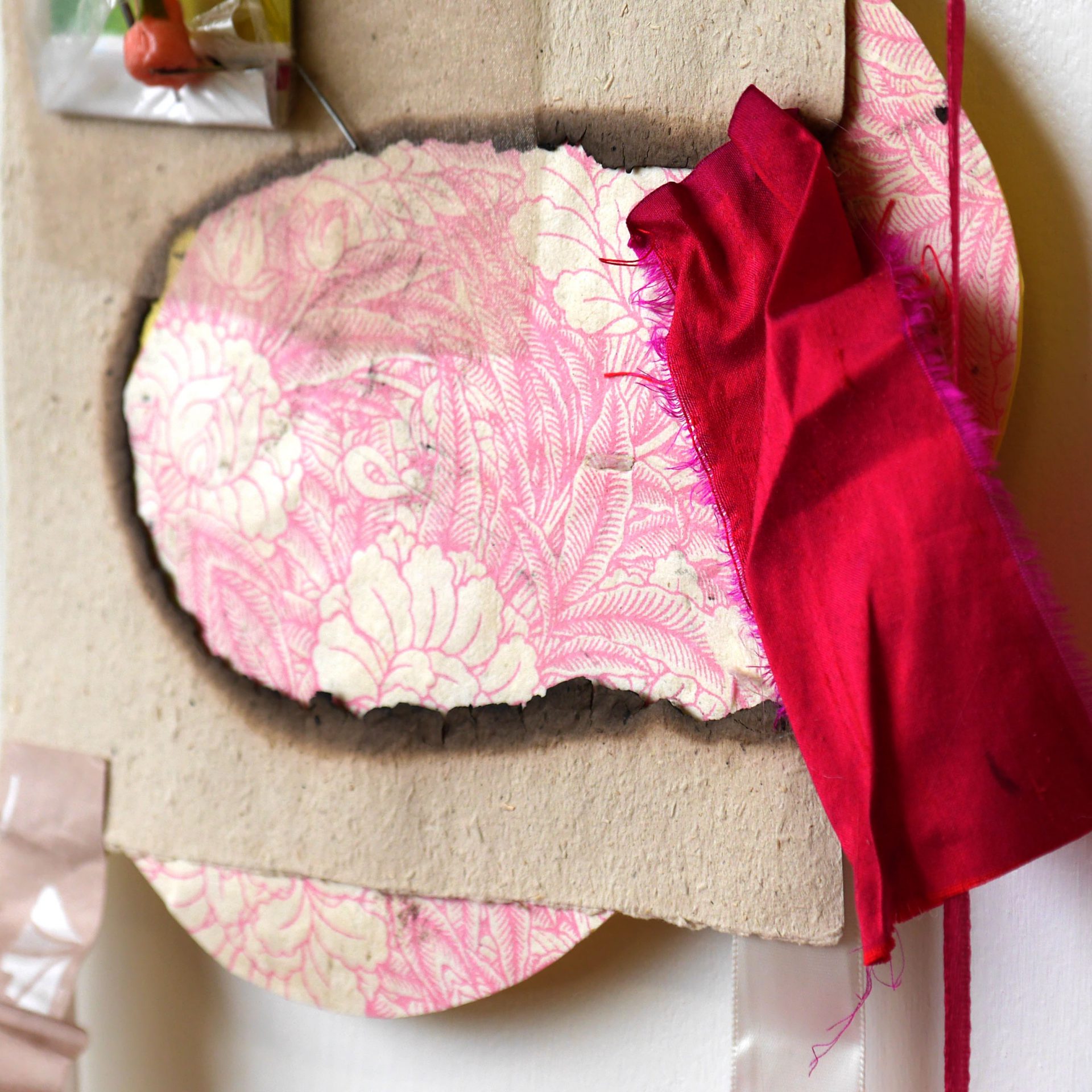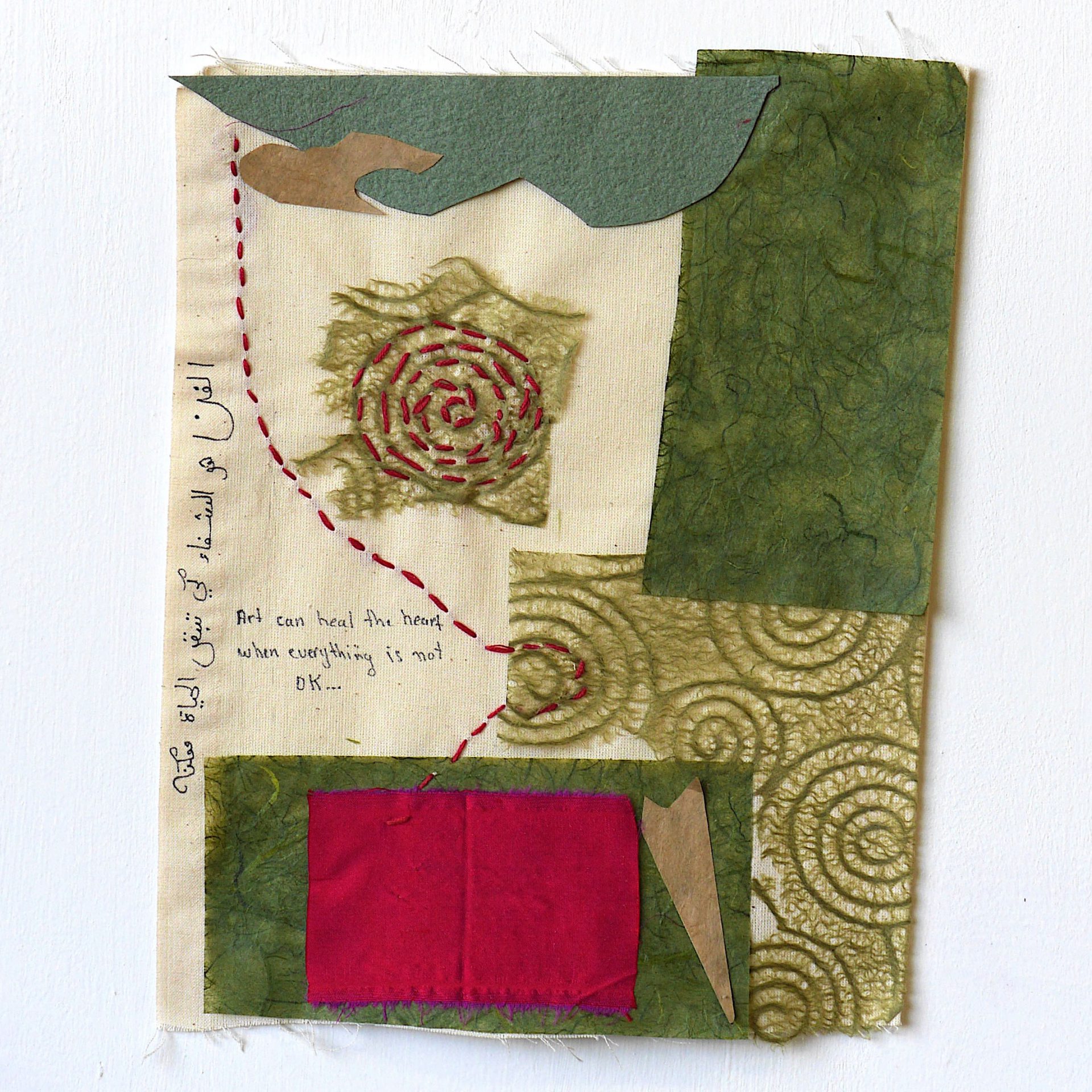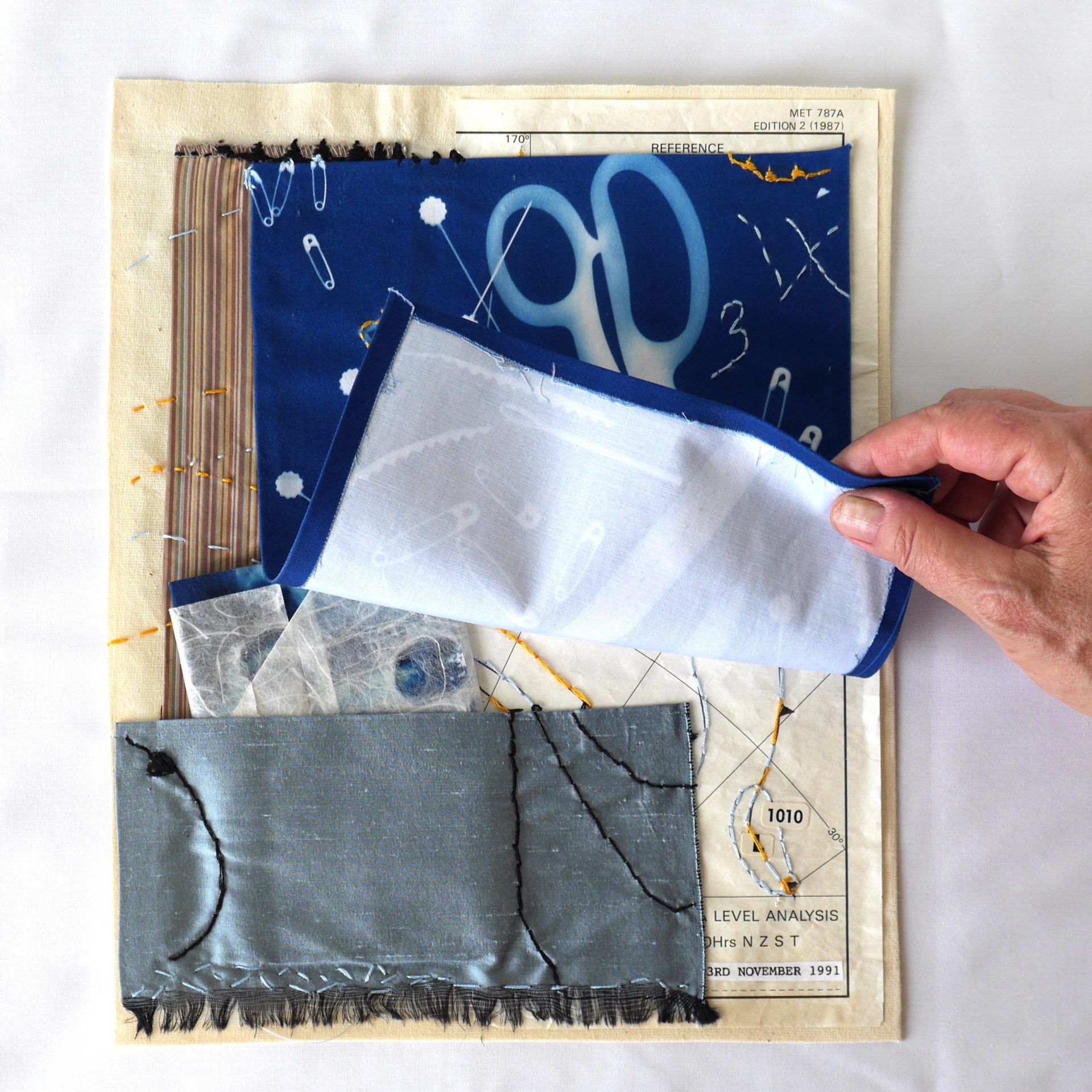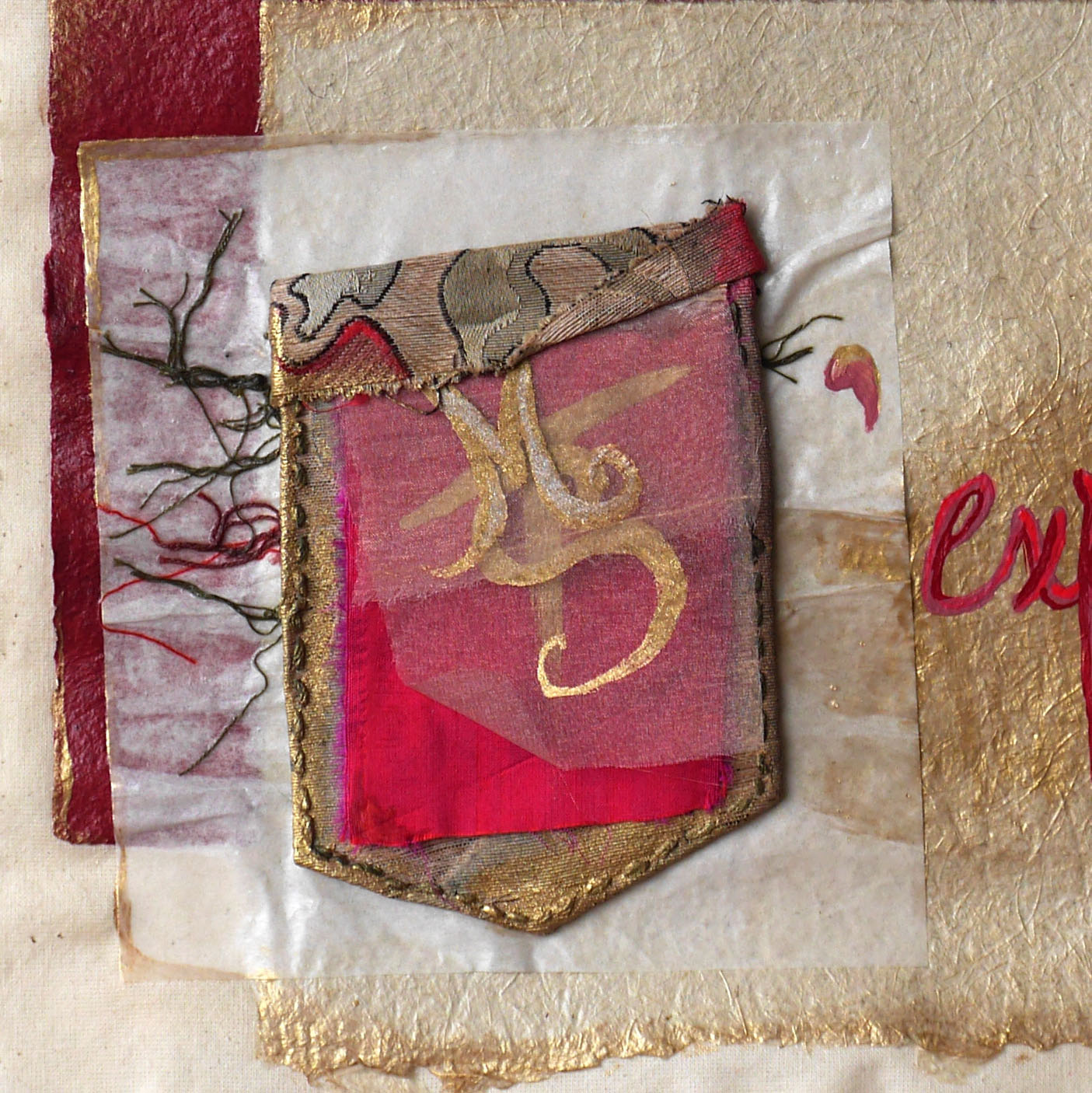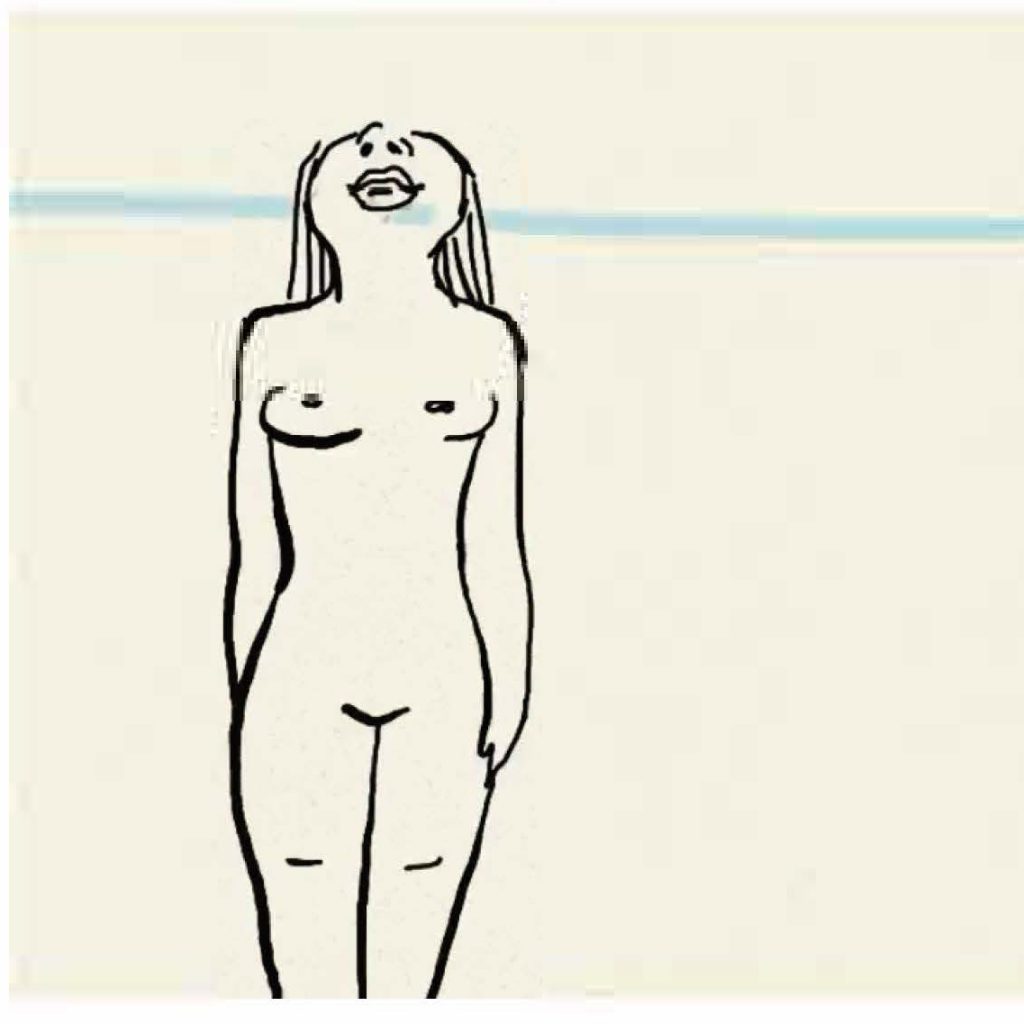“I can’t make a decision. I’m writing I’m crying I’m sitting
— Daniel Smeby
I’m breathing I’m breathin I’m breathing”
Breath has been a motif of the pandemic as much as it is a prerequisite of human life. We inhale our way into life in this world and, by the time we’re adults, take an average of 20,000 breaths per day. If we’re healthy and safe, we can take for granted this complex physiological activity – until it isn’t possible. COVID-19 often affects the lungs’ capacity to draw oxygen into the body; they can need the extra support of a ventilator in a hospital’s Intensive Care Unit. The ventilator helps the person to breathe until their own immune system either fights off the virus and their lungs recover, or they succumb. With the virus so present around us, we have become more conscious of the precariousness and necessity of breath.
“I can’t breathe” has become the terrified appeal not only of those afflicted with COVID-19, but also of victims of police violence being suffocated in restraints begging for mercy. On May 25, 2020, unarmed African-American George Floyd repeatedly uttered these words while a White police officer kneeled on his throat for 8:26 minutes,* even after Floyd had fallen unconscious and died and the summoned paramedics had arrived.
So, when asked in July 2020, What is art for?, some contributors here answered with breath, with body, with material essences. Some suggested that art is as necessary as breath to sustain life and imagination. The artworks of this grid explore breath and breathing as well as the embodied experience of human life. Masks feature among repeated motifs, reflecting the reminder that the virus is spread in aerosol particles through our own exhalations: we must mask up to keep others safe. Some contributions gathered in this grid represent an anatomical human heart, the core of us; many emphasize the incarnadine and sanguine colours of our insides. Here, the rich use of art materials to embody ideas reminds us of the present materiality of our own bodies. A body of art is, after all, a body even if it one whose animacy comes from ideas and materials rather than breath.
What is art for? contributor Daniel Smeby’s text reminds us how fundamental breathing is to human being, and that sometimes in extreme distress such as that provoked by COVID-19, the most we might ask of ourselves is to breathe, to continue breathing, and to recognize in our own breathing our existence.
In addition to the 20 works featured in the grid above, the Breathing animation by Marie-Pier Viens captures the joy of breathing, the joy of making.
Collaborators (listed in the order of their images, above, left to right, top to bottom): John Doing (Lugano, CH); Zoe Compton (Georgeville, QC); WhiteFeather Hunter (Gatineau, QC); Josée Lavigne (Montreal, QC); Renee Jackson (Philadelphia, PA); Monica Brinkman (Vaudreuil-Dorion, QC); Dan Smeby (Moncton, NB);Adrienne Trent (Toronto, ON); Maher Kouraytem (Montreal, QC); Jenny QC (Montreal, QC); Molly Moldovan (Apsley, ON); Lucine Serhan (Montreal, QC); Cindy Maguire (Merion Station, PA); Molly Moldovan (Apsley, ON); Catherine Heard (Windsor, ON); Anne Pilon (Montreal, QC); Heather Ryan (Montreal, QC); Claudia Coutu Radmore (Carleton Place, ON); Becky Frehse (Tacoma, WA); Judith Boily Valois (Terrebonne, QC). Plus video by by Marie-Pier Viens (Montreal, QC).
*As though the exact length of time of the officer’s killing act could somehow be as important as its murderous impact, debate has emerged over how long he applied pressure with his knee to George Floyd’s throat and airways. The now iconic “8:26” has been reduced by some to “7:26” and revised by the New York Times’ reconstruction (using assembled cell phone and video footage) to at least 8:15.
